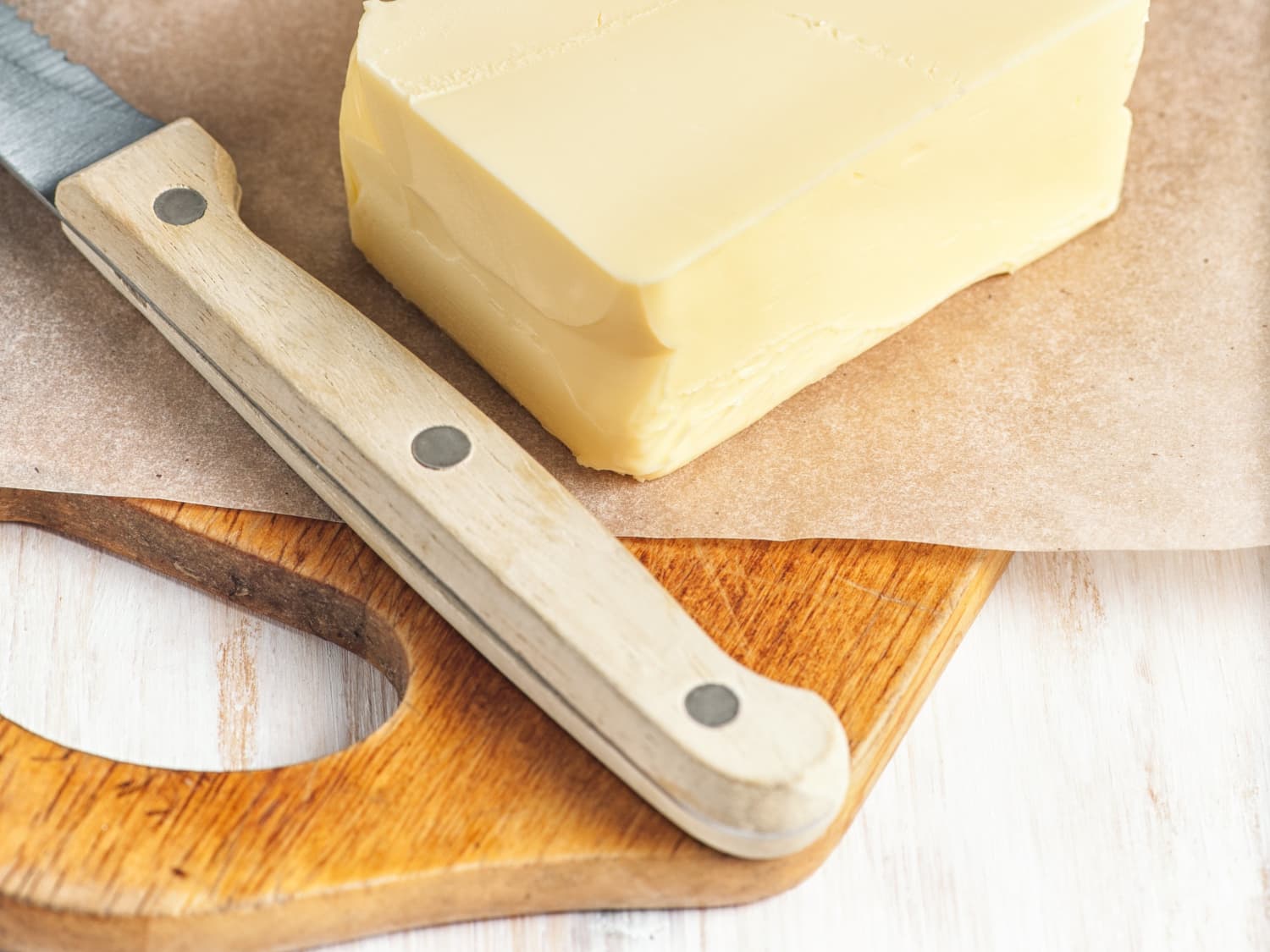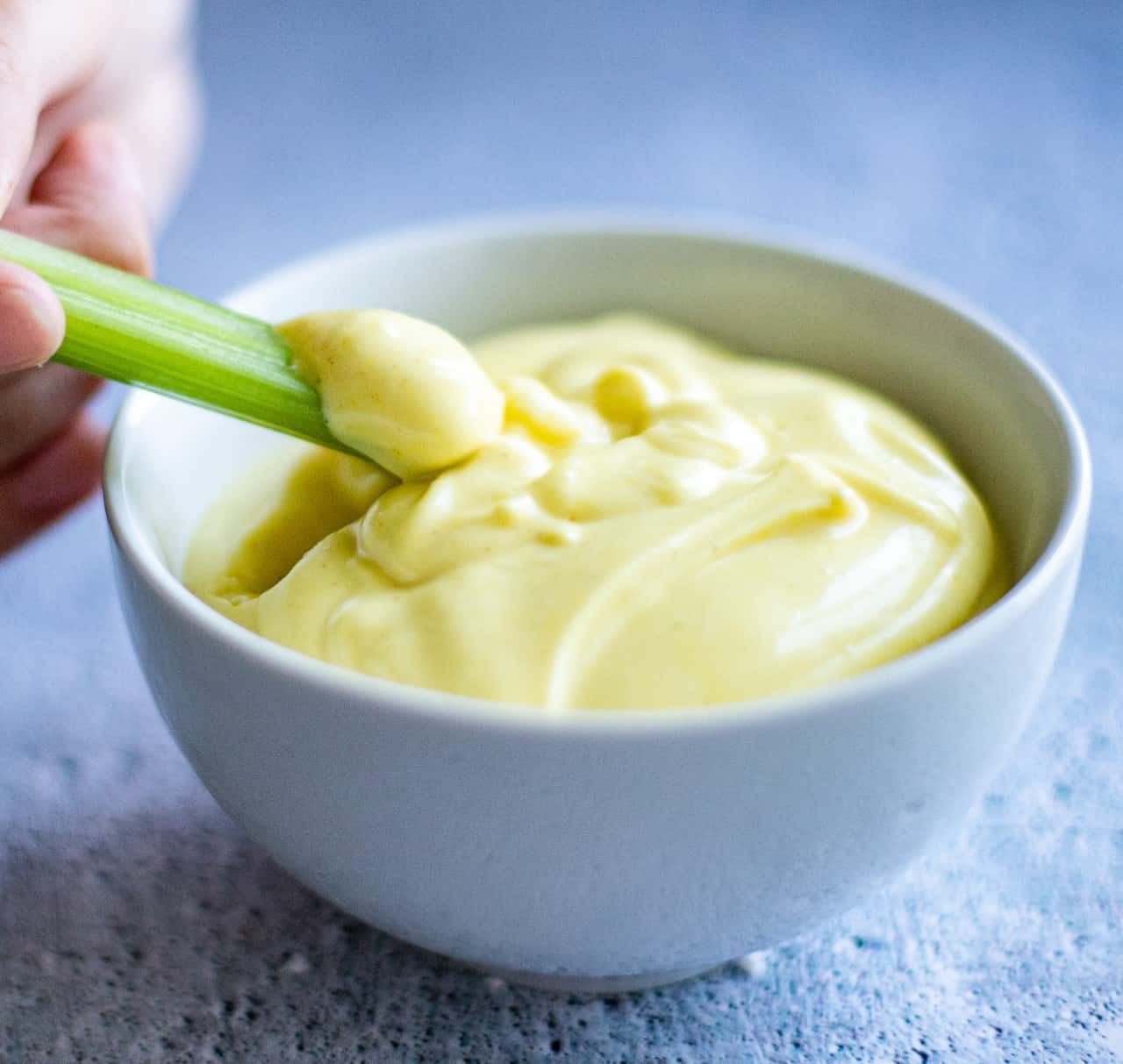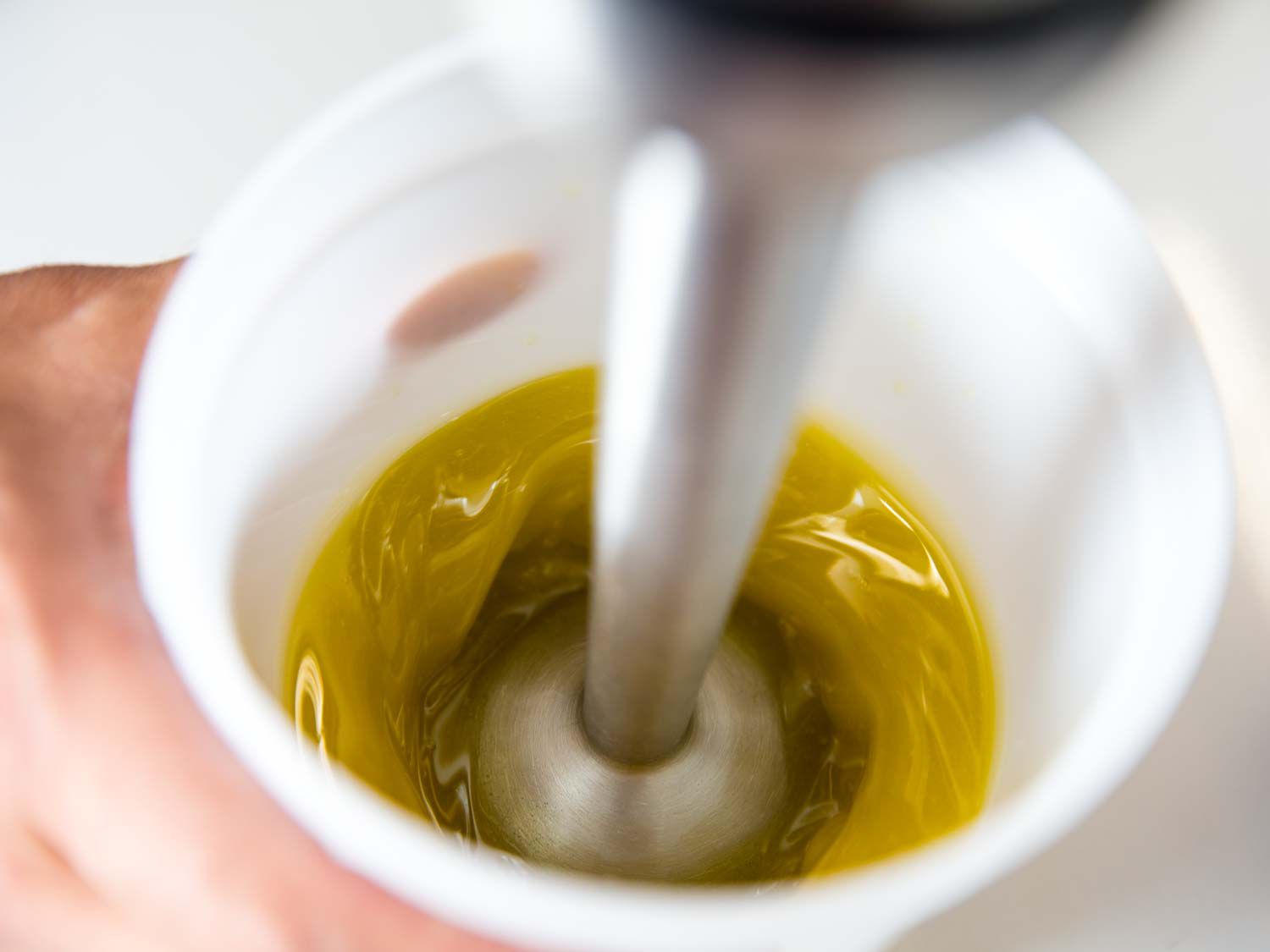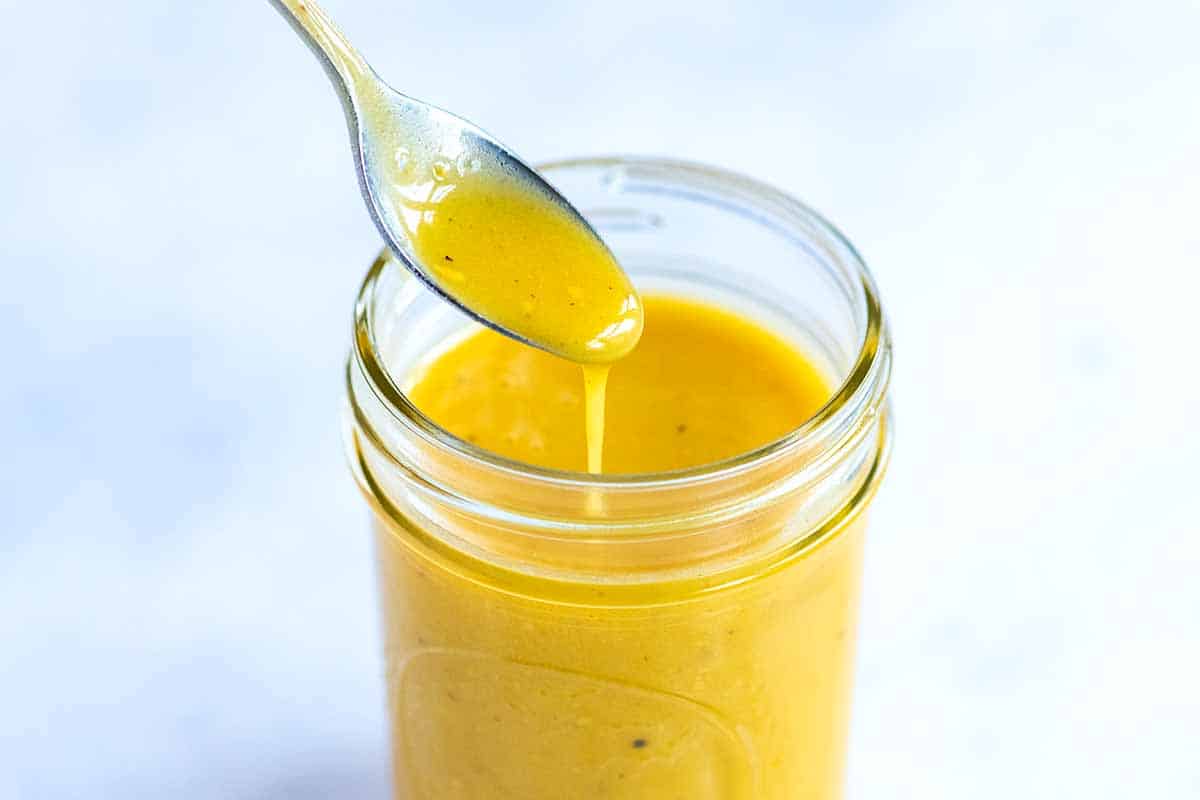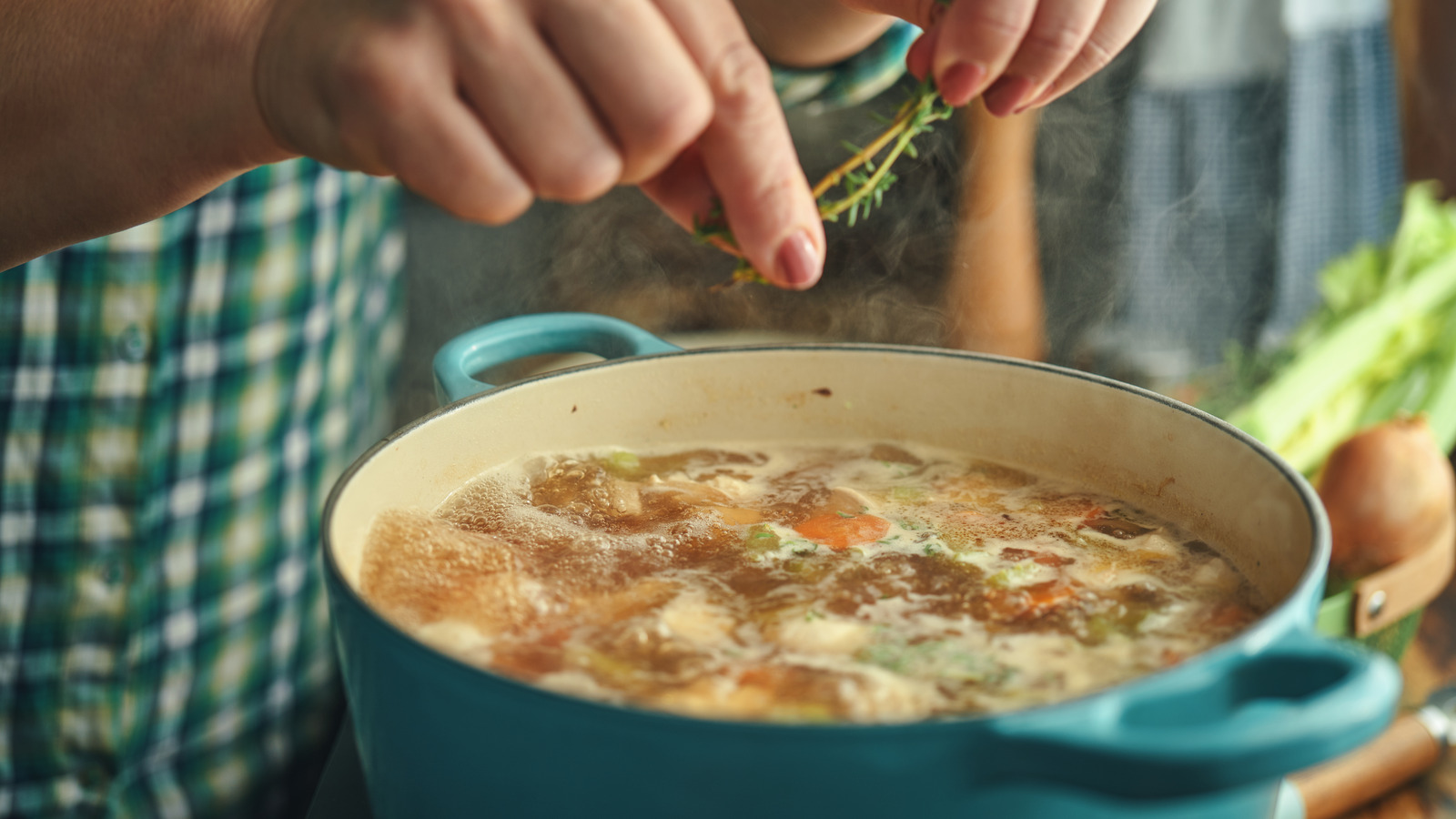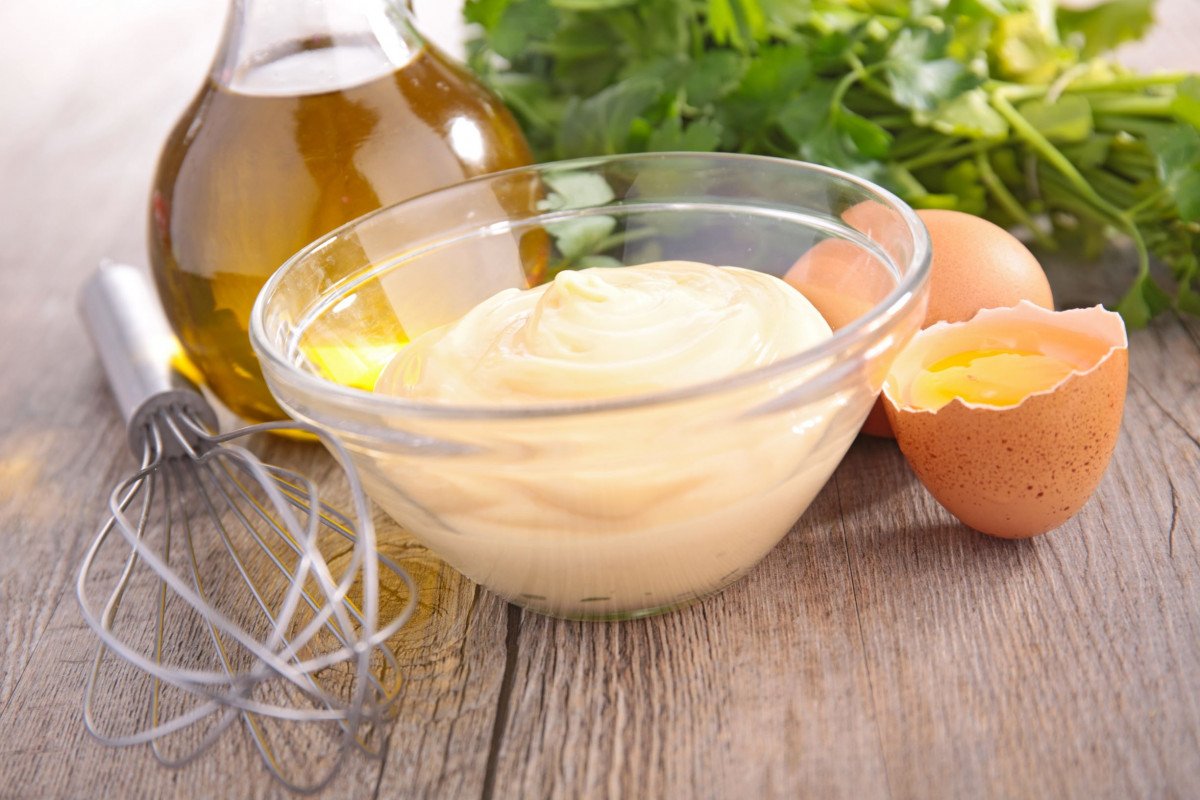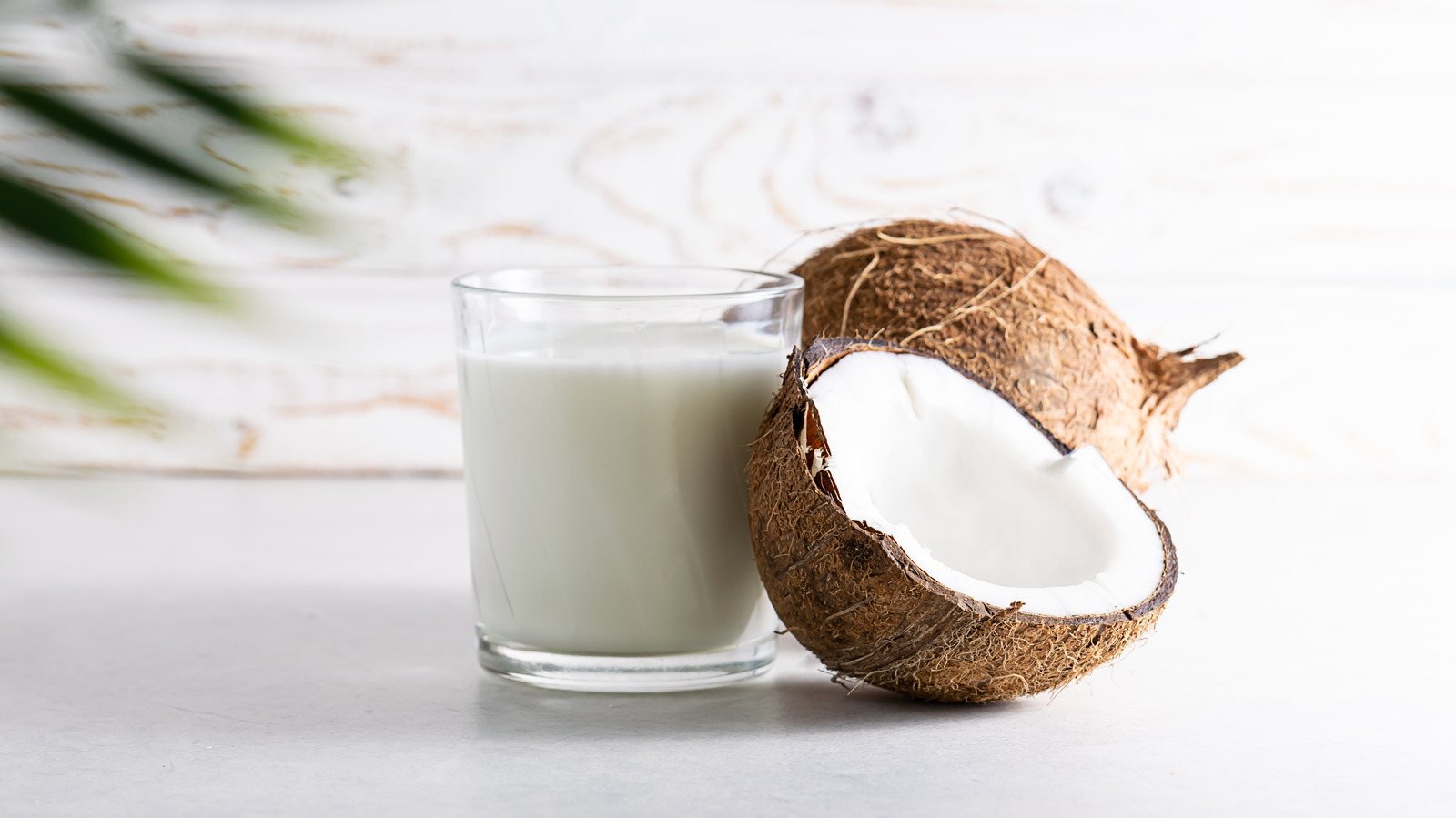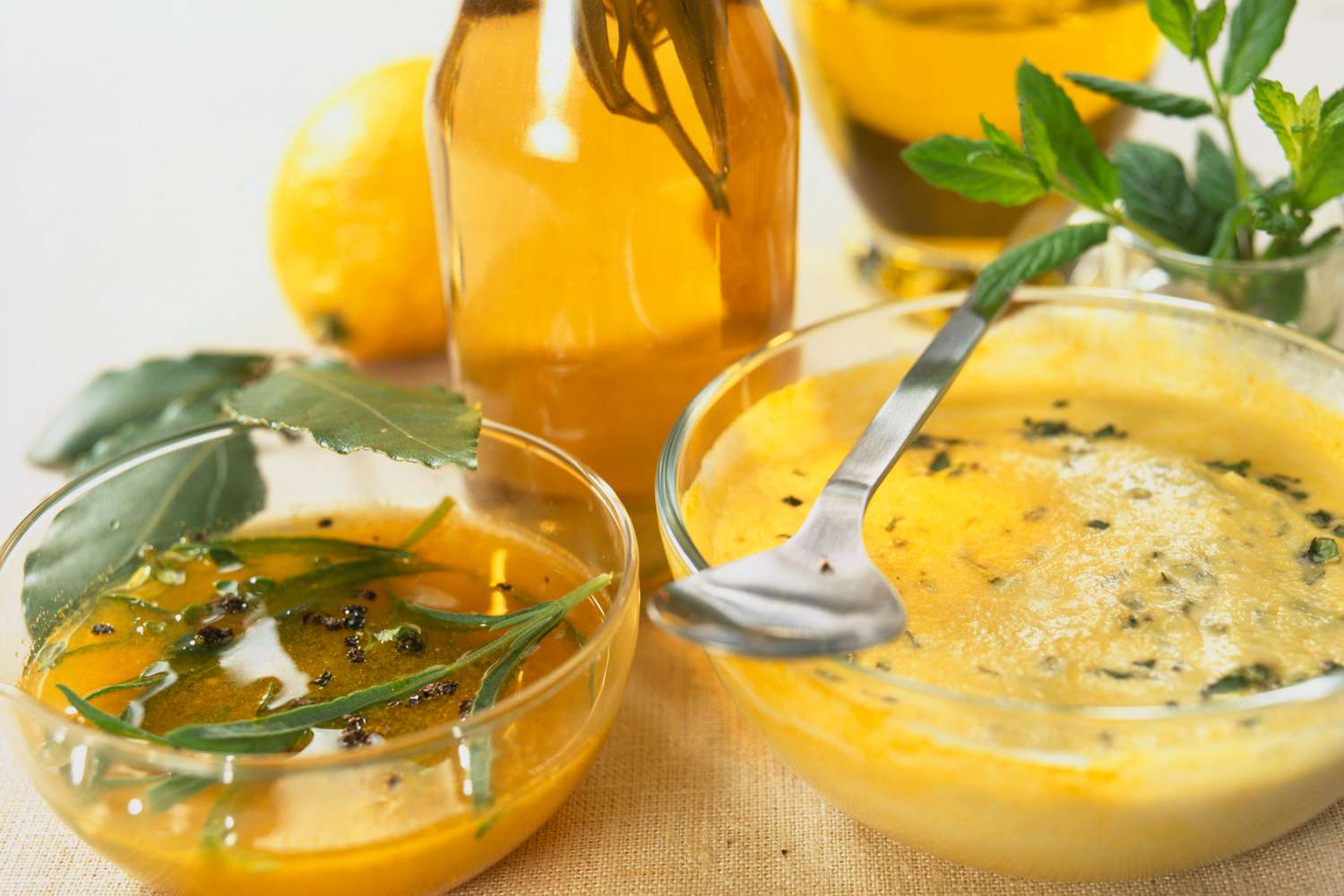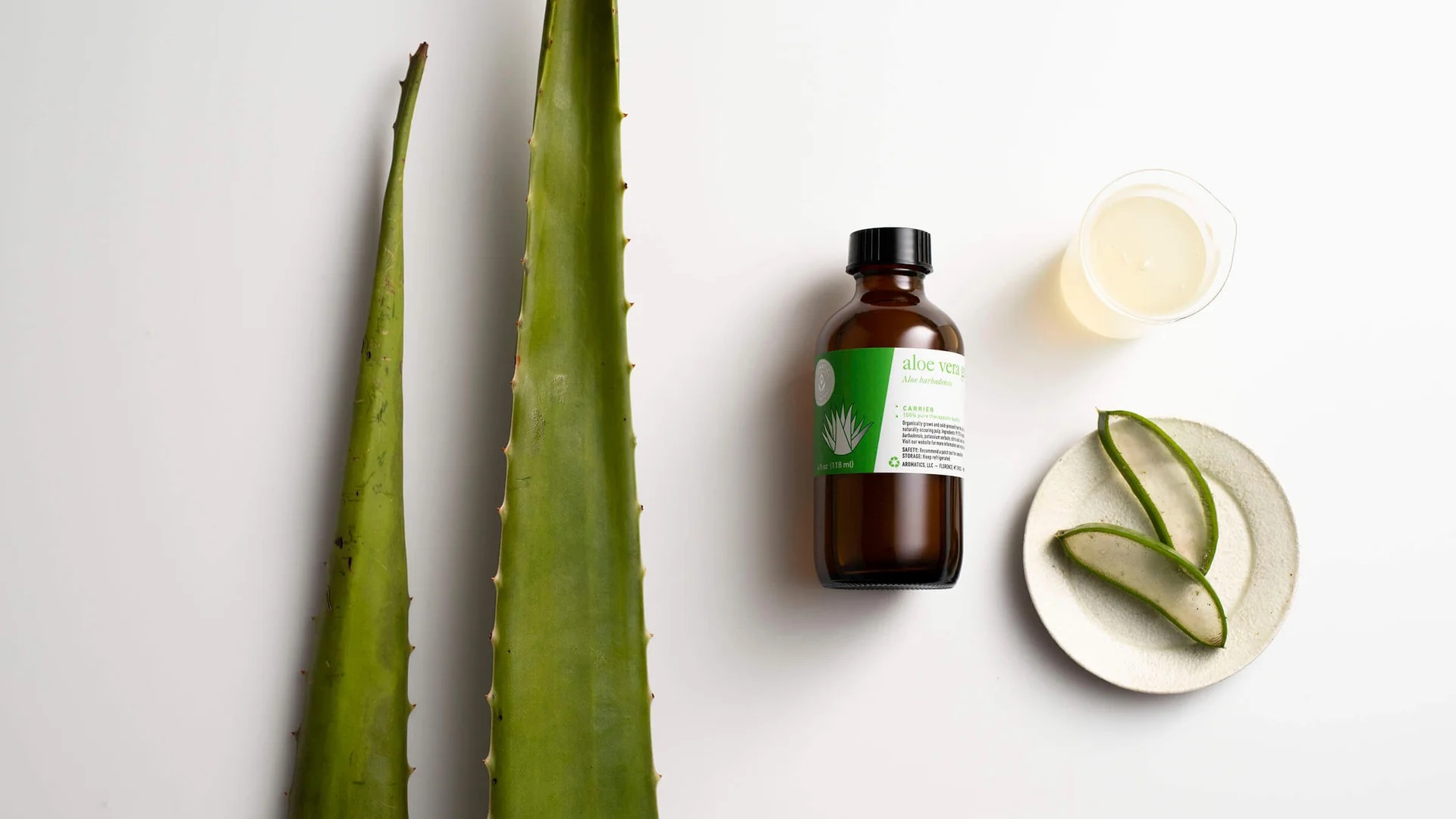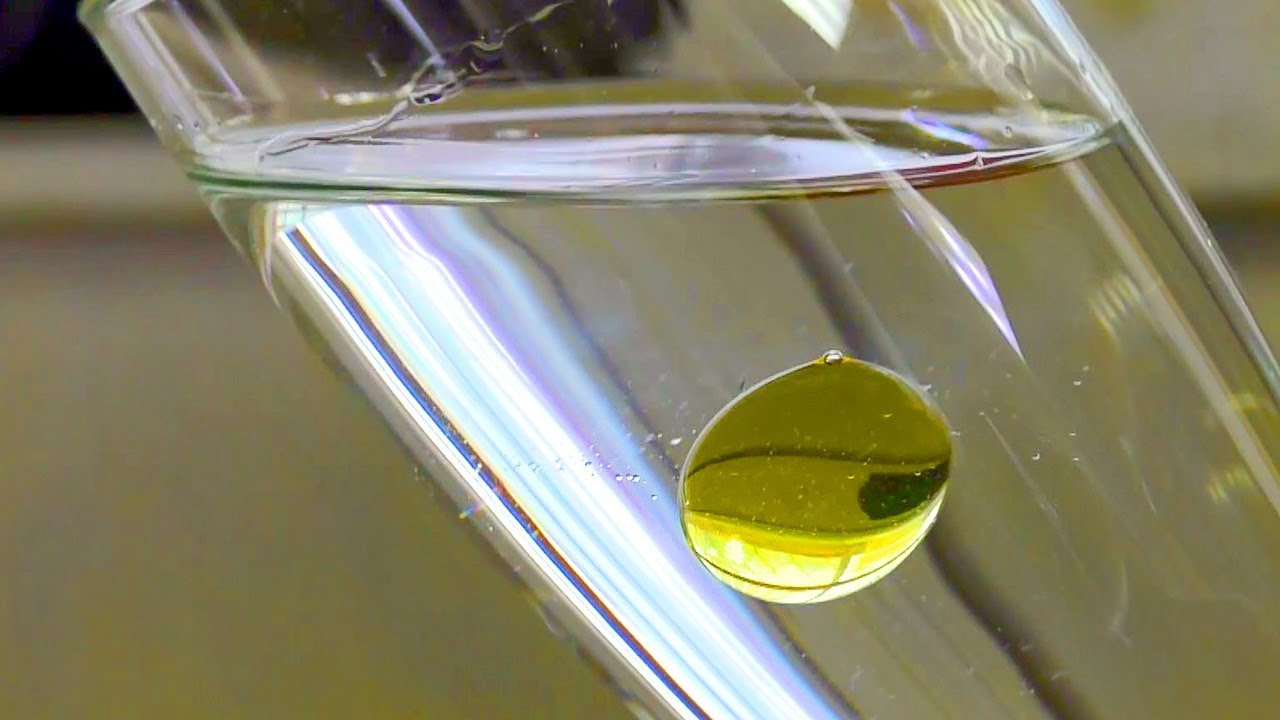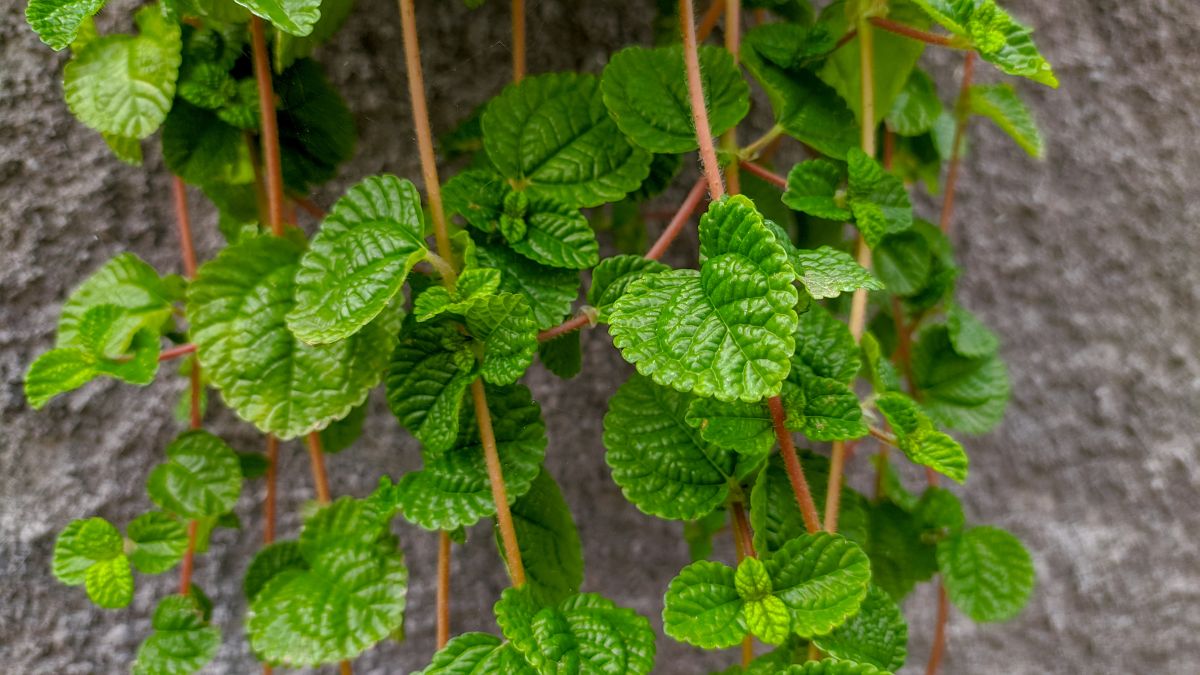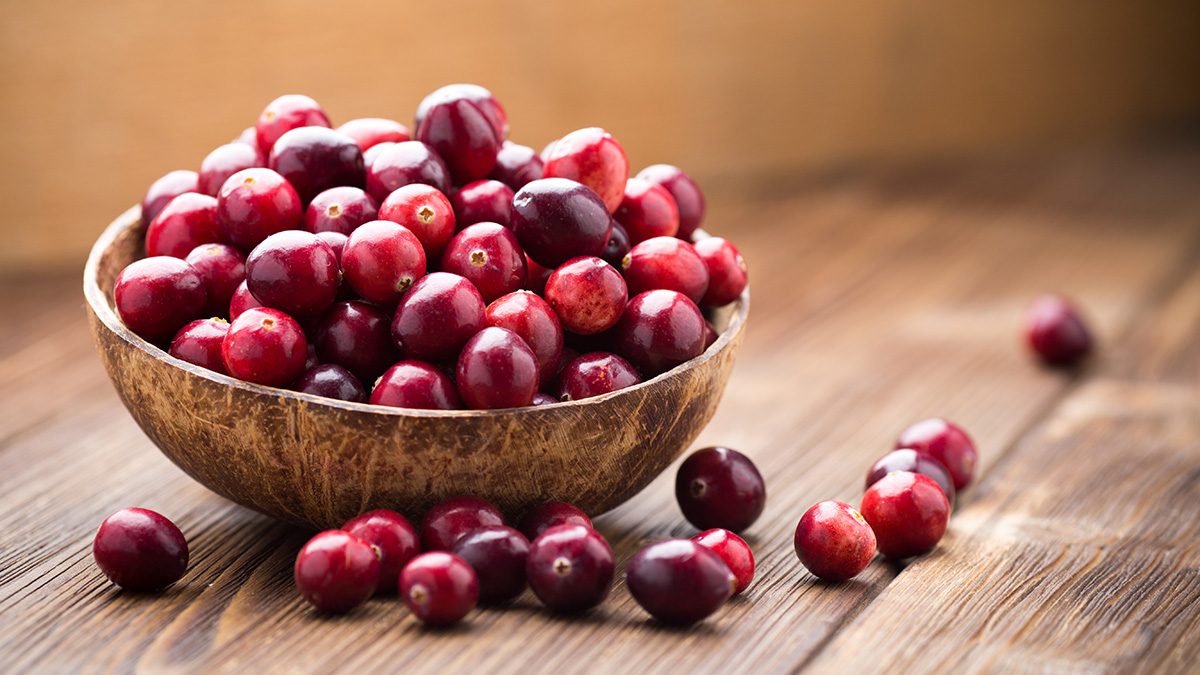Emulsifying Oil and Water: A Culinary Science
Emulsifying oil and water is a fundamental skill in the culinary world. From creating creamy salad dressings to smooth mayonnaise, understanding how to emulsify these two seemingly incompatible substances is essential for any aspiring chef. Emulsification is the process of combining two liquids that don’t naturally mix, such as oil and water, into a stable, homogenous mixture. In this article, we will explore the science behind emulsification and provide practical tips for achieving successful emulsions in your kitchen.
The Science Behind Emulsification
At a molecular level, oil and water do not mix due to their different polarities. Oil is nonpolar, while water is polar. When the two are combined, they quickly separate into distinct layers. Emulsification involves breaking the oil into tiny droplets and dispersing them throughout the water, creating a stable mixture. This is achieved by using an emulsifier, which can be anything from egg yolks to mustard to lecithin.
Practical Tips for Emulsifying Oil and Water
Now that we understand the science behind emulsification, let’s delve into some practical tips for achieving successful emulsions in the kitchen:
- Use an Emulsifier: As mentioned earlier, an emulsifier is crucial for stabilizing the mixture. Common emulsifiers include egg yolks, mustard, and honey. These ingredients contain compounds that help bond oil and water together.
- Slow and Steady: When adding oil to water (or vice versa), it’s essential to do so slowly and steadily. This allows the emulsifier to work its magic, gradually incorporating the two liquids into a uniform mixture.
- Temperature Matters: The temperature of the ingredients can impact the success of an emulsion. In general, it’s easier to emulsify oil and water when both are at room temperature. However, certain emulsions, such as mayonnaise, require cold ingredients to prevent separation.
- Whisking Technique: Whether using a whisk, blender, or food processor, the technique used to mix the oil and water is crucial. A slow, steady whisking motion or pulsing action in the case of a blender can help create a stable emulsion.
- Patience is Key: Achieving a perfect emulsion may take time and practice. Don’t rush the process, and be prepared to start over if the mixture begins to separate.
Common Emulsified Foods
Emulsification is a common technique used in various culinary applications. Some popular emulsified foods include:
- Mayonnaise: A creamy condiment made by emulsifying oil, egg yolks, and vinegar or lemon juice.
- Vinaigrette: A classic salad dressing that combines oil, vinegar, and mustard to create a tangy emulsion.
- Hollandaise Sauce: A rich, buttery sauce made by emulsifying egg yolks and butter, often served with eggs Benedict.
- Pesto: An Italian sauce that emulsifies olive oil, basil, pine nuts, and Parmesan cheese into a flavorful paste.
Conclusion
Emulsifying oil and water is a fascinating blend of science and culinary art. By understanding the principles behind emulsification and employing the right techniques, you can create a wide array of delicious emulsified dishes in your own kitchen. So, the next time you whisk together a batch of homemade mayonnaise or vinaigrette, you can appreciate the chemical magic happening at a molecular level.
Remember, practice makes perfect, and don’t be afraid to experiment with different emulsifiers and ratios to find your ideal emulsified creations!
Putting Your Emulsion Skills to the Test: Recipes and More Uses
Having mastered the art of emulsifying oil and water, you're now prepared to explore a variety of delectable recipes that utilize this technique. From the creamy richness of Hollandaise Sauce Recipe to the tangy zest of Classic Homemade Mayonnaise Recipe, each recipe offers a unique way to apply your new skills. We recommend trying the Basic Vinaigrette Dressing Recipe for a simple yet transformative addition to any salad. Additionally, the Garlic Aioli Recipe is a must-try for its robust flavor, perfect as a dip or spread. These recipes not only enhance your culinary repertoire but also impress with their homemade touch.
Was this page helpful?
Read Next: How To Emulsify Meat For Sausage
